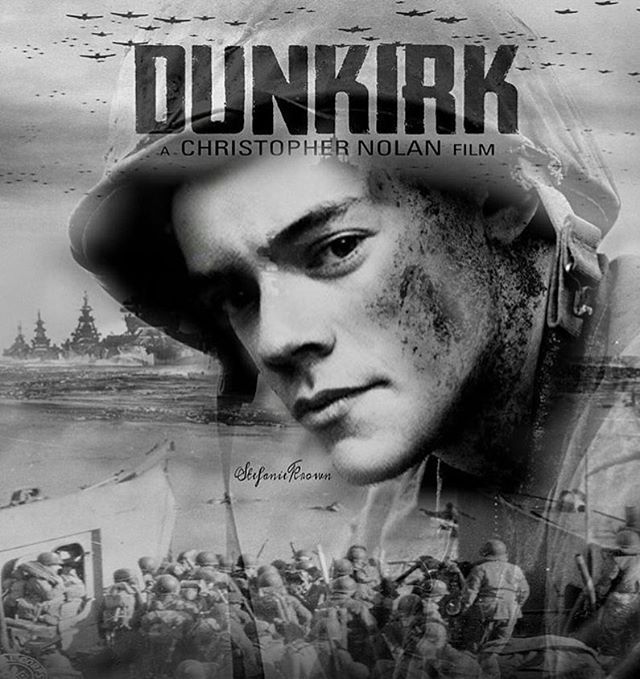Dunkirk (2017) Review: The Greatest Story Never Told
‘Dunkirk’ is a movie about the 400,000 British and French soldiers trapped on the beaches of Dunkirk, beset on all sides by German opposition. Any attempt to escape is not treated kindly. Even standing still can be a precarious option, as any given moment could be met with a fatal encounter with the enemy. Trapped in a small location with an enemy that controls the land, sea, and skies. Sounds too incredible to be true, which is why it’s the subject of Christopher Nolan’s latest picture, ‘Dunkirk’.
Although set in World War II, ‘Dunkirk’ is a war film that doesn’t adhere to the cliches and tropes that plague movies of this type. Typically, you expect to follow one character in particular, perhaps with a wife and child waiting at home, and watch as he and his companions struggle for survival. That method is fine and all, but after being done so many times, it feels very old hat. Here, there are characters in the film, but the focus is on the event itself, not their individual stories.

For doing away with such cliches, I praise the movie. However, there’s a reason those cliches exist. It’s a shorthand for the audience to have a genuine connection with what happens on screen. ‘Dunkirk’s biggest flaw is that it can be difficult to connect with the faces that react to the horrors of war. You get the general sense of despair, but there’s a disconnect when it comes time to root for a particular character’s survival.
Basically, ‘Dunkirk’ tells its story from 3 different perspectives. The fighter in the sky played by Tom Hardy, the civilian rescuer on the way, played by Mark Rylance, and the soldiers waiting hopelessly, with the most noticeable face being One Direction’s Harry Styles. You don’t get a sense of their characters. Leaving the cinema, you’ll be hard pressed to remember even their names. I suspect though the point of the movie was not to delve into the characters within the story, but rather the story itself. With a story as incredible as this, pulling back from sensationalism was the best option, as it made the impossible story feel as realistic as possible.

The way that story unfolds is clever in its own right. The different perspectives jump through time. You’ll see Tom Hardy’s character shoot down a plane, in one scene, and then see it from another character’s point of view 5 scenes later. Although it feels slightly gimmicky at first, the technique gave way to some truly flooring moments. It was a spectacular way to showcase how context frames perception.
It helps that there’s are tremendous performances all throughout ‘Dunkirk’. Everyone from Cillian Murphy as the soldier suffering the beginnings of PTSD, to the young men reconciling their short lives coming to an end. Each role in ‘Dunkirk’ is demanding, but the actors never lose the sense of drama necessary to make the movie work. Everything has such weight to it, which combined with the superbly executed and tense action scenes, makes ‘Dunkirk’ an exhausting movie. But in a good way.

Any flaws the movie has are entirely minor. Christopher Nolan is a visionary director as seen in his works ‘The Dark Knight’, ‘Memento’ and ‘Inception’. With ‘Dunkirk’, the director pulls away from fantasy and science fiction and makes a truly mesmerizing war film. The film is absolutely captivating from beginning to end and masterfully shot. Nolan’s reliance on practical effects gave the movie a sense of authenticity, which is always a plus when dealing with true stories. For the sheer technical prowess alone, ‘Dunkirk’ deserves to be seen on the big screen.
Rating: Big Screen Watch



